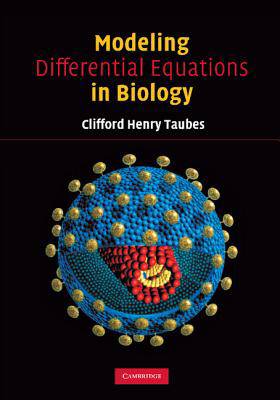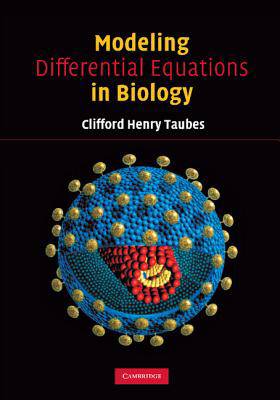
- Afhalen na 1 uur in een winkel met voorraad
- Gratis thuislevering in België vanaf € 30
- Ruim aanbod met 7 miljoen producten
- Afhalen na 1 uur in een winkel met voorraad
- Gratis thuislevering in België vanaf € 30
- Ruim aanbod met 7 miljoen producten
Zoeken
€ 125,45
+ 250 punten
Omschrijving
Given that a college level life science student will take only one additional calculus course after learning its very basics, what material should such a course cover? This book answers that question. It is based on a very successful one-semester course taught at Harvard and aims to teach students in the life sciences understanding the use of differential equations. It is enriched with illustrative examples from real papers. Necessary notions from linear algebra and partial differential equations are introduced as and when needed, and in the context of applications. Drawing on a very successful one-semester course at Harvard, this text aims to teach students in the life sciences how to use differential equations. It is enriched with illustrative examples from real papers. Necessary notions from mathematics are introduced as and when needed, and in the context of applications. Aimed at biologists wishing to understand mathematical modelling rather than just learning math methods.
Specificaties
Betrokkenen
- Auteur(s):
- Uitgeverij:
Inhoud
- Aantal bladzijden:
- 526
- Taal:
- Engels
Eigenschappen
- Productcode (EAN):
- 9780521708432
- Verschijningsdatum:
- 28/01/2008
- Uitvoering:
- Paperback
- Formaat:
- Trade paperback (VS)
- Afmetingen:
- 174 mm x 246 mm
- Gewicht:
- 1025 g

Alleen bij Standaard Boekhandel
+ 250 punten op je klantenkaart van Standaard Boekhandel
Beoordelingen
We publiceren alleen reviews die voldoen aan de voorwaarden voor reviews. Bekijk onze voorwaarden voor reviews.











